The fair trade market is worth more than £136m and has grown by 15% since last year.
Markets that traditionally feature fair trade products - such as fruit, coffee, tea and chocolate - are still performing well and collectively contributed £17.5m of the £18m additional sales generated in the overall fair trade market in 2006.
Newer categories, such as those in the drinks and vegetable markets, are emerging and complement the already established fruit, hot drinks and chocolate confectionery fair trade markets. This provides a more complete offer to shoppers who wish to find a fair trade choice on more supermarket shelves.
Consumer support for fair trade has been bolstered by continued press coverage, not only of new food products being launched but with Fairtrade cotton used in high street clothing ranges as well. Household penetration has grown as a result.
Approximately 45% of homes in Great Britain purchased fair trade food and drink products in 2006 - 1.2 million more households than the previous year. Consumers are making the most of slightly reduced prices in this sector and are buying more products more often, resulting in an average spend of £12.10 on fair trade items in a year. In 2005, average spend on the category was £11.70.
While Tesco and Sainsbury's hold the highest share of sales in the market in comparison with share of total grocery sales, The Co-operative Group's stores have the best performance. Waitrose and Marks & Spencer follow with a high over-trade in fair trade as their general shopper profile best suits the range of products available.
Both Sainsbury's and Asda have improved their own-label offerings - with both ranges moving up the brand ranking list. Their share of sales has increased significantly since 2005 as a result.
Shona McDonald , TNS Worldpanel




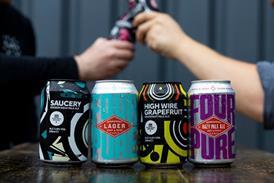



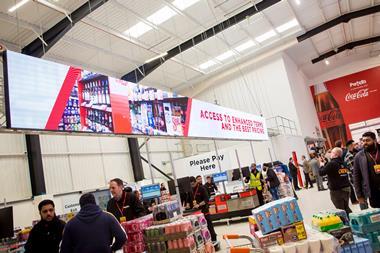
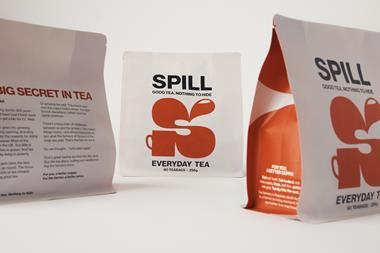

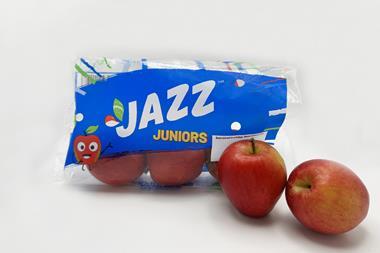



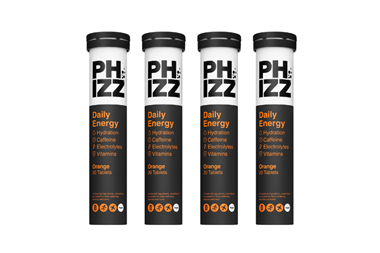

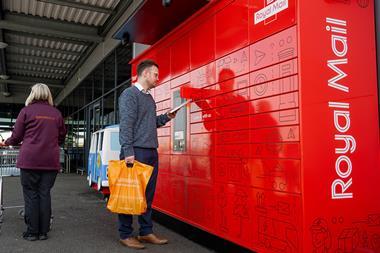
No comments yet